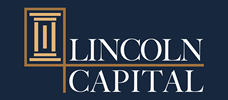December Changes
Tax Deferred
(for mobile swipe left to right)
| New Additions | Complete Sales | Partial Sales | Additional Buys | % of Account Traded |
|---|---|---|---|---|
| SWK | 2.1% | |||
| UNH | 1.0% |
Taxable
(for mobile swipe left to right)
| New Additions | Complete Sales | Partial Sales | Additional Buys | % of Account Traded |
|---|---|---|---|---|
| SWK | 2.0% | |||
| UNH | 0.5% |
The S&P 500 ended 2024 on a subdued note, with December marked by significant market reactions to the Federal Reserve meeting. The Fed’s 25-basis-point reduction to the Federal Funds rate aligned with expectations, but the updated summary of economic projections caught investors off guard. The new outlook suggested an anticipated year-end 2025 Fed Funds rate of approximately 3.9%, up from the 3.6% projected after September’s meeting. Stocks fell sharply on the day of the announcement.
Interestingly, the market’s response appeared disproportionate. Prior to the meeting, futures markets implied a December 2025 rate of approximately 3.85%, closely mirroring the Fed’s projections. Post-meeting, futures adjusted slightly to reflect a 4% rate—an incremental shift. We believe the sharp market reaction stemmed from overexuberance leading into the meeting, where an in-line report failed to sustain elevated stock prices.
From a security standpoint, UnitedHealth Group (discussed below) and the absence of Broadcom in our portfolio detracted from performance.
Broadcom: The company’s application-specific integrated circuits (ASICs) business, which supports hyperscalers like Google and Meta in creating custom semiconductors, was a highlight. Broadcom reported a strong quarter, but its long-term forecast stole the spotlight. Management projected AI ASIC demand for its customers growing from $17.5 billion in 2024 to $60–90 billion by 2027, driven by GPU cluster sizes potentially expanding from today’s 100,000–200,000 units to 1 million per cluster. If we gain confidence in these projections, Broadcom (AVGO) may become a compelling candidate for future investment.
Performance Contributors: Alphabet, Amazon, and Apple all performed well during the month. Alphabet stood out, rallying 12% despite the broader market’s 2% decline. This surge was largely attributed to a milestone from its quantum computing group, which shifted investor focus away from regulatory concerns and AI’s impact on search. Quantum computing holds immense promise, though it remains a longer-term opportunity likely beyond 2030. Nevertheless, the announcement highlighted Alphabet’s significant potential across its portfolio of innovative projects.
Sold Stanley Black & Decker Amid Margin Concerns
We chose to sell Stanley Black & Decker (SWK) to raise cash within the portfolios. The lack of margin improvement in the most recent quarter was disappointing, aligning with broader investor sentiment. During the previous Trump administration, Stanley was disproportionately affected by tariffs compared to other industrial companies. As we approach the start of the new administration this month, we anticipate heightened uncertainty and volatility, making it a prudent time to reallocate capital.
UNH Investment Case Remains Strong Amid Industry Challenges
In mid-December, we added to our position in UNH. In hindsight, waiting until the end of the month may have been more prudent, as new negative developments hurt the shares after purchase. The most prominent news was the murder of Brian Thompson, CEO of UnitedHealthcare, the insurance division of UnitedHealth Group. To clarify, UnitedHealth Group’s broader operations, including Optum, are led by CEO Andrew Witty. While a tragedy for Thompson’s family and colleagues, our objective view is that the event is unlikely to have a long-term impact on the business. That said, we remain vigilant for any developments that might change our assessment.
Amid the tragedy, other developments with potential valuation impacts also occurred. A bipartisan Senate bill was introduced that would require pharmacy benefit managers (PBMs) and insurers to divest from any pharmacy-related assets. Additionally, PBMs remain under scrutiny from lawmakers and the incoming Trump administration.
UNH owns OptumRx, one of the three largest PBMs in the nation, alongside CVS Caremark and Express Scripts. While we understand the frustration and anger directed at PBMs for their role in the opaque and complex prescription drug pricing process, the data suggests their financial impact is relatively modest. For example, CVS Caremark and OptumRx operate with single-digit margins, generating $10–$12 billion annually, compared to the $600 billion in total U.S. drug spending. In contrast, Pfizer’s operating margin (after R&D) stands at 32%, with $20 billion in operating income. These figures lead us to view claims that PBMs are the primary drivers of high drug prices with skepticism.
Furthermore, although the PBM market is dominated by the top three providers, viable alternatives do exist. Organizations like Kaiser Permanente, Elevance Health and Humana operate their own PBMs or partner with third parties, while others, such as Molina Healthcare and Centene, rely on CVS Caremark and Express Scripts, respectively. If PBMs were consistently extracting excessive profits, it stands to reason that more large health plans would transition to alternative models. However, this trend has yet to materialize.
We remain confident in the strong investment case for UNH shares.
*All data sourced from Bloomberg
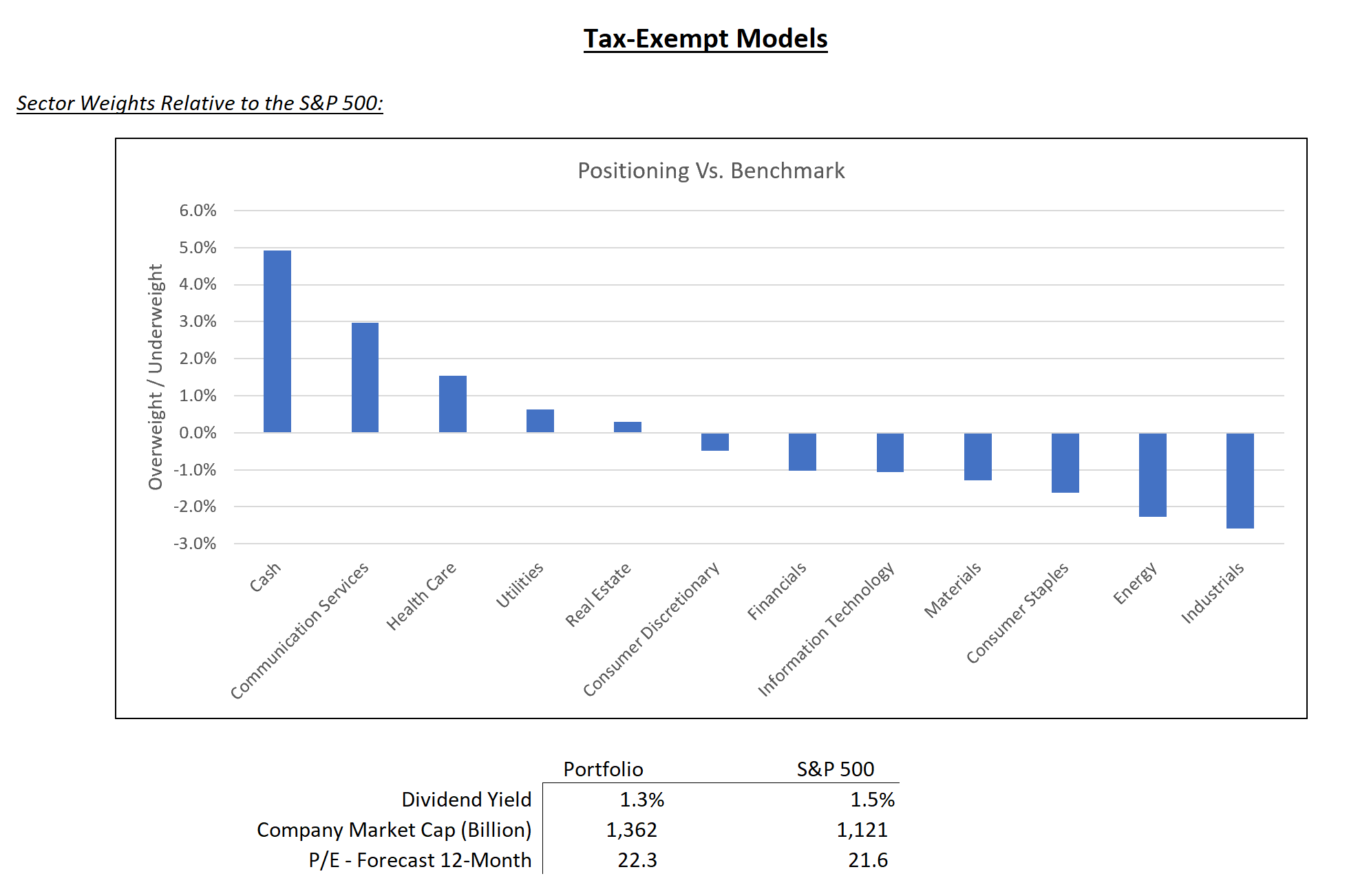
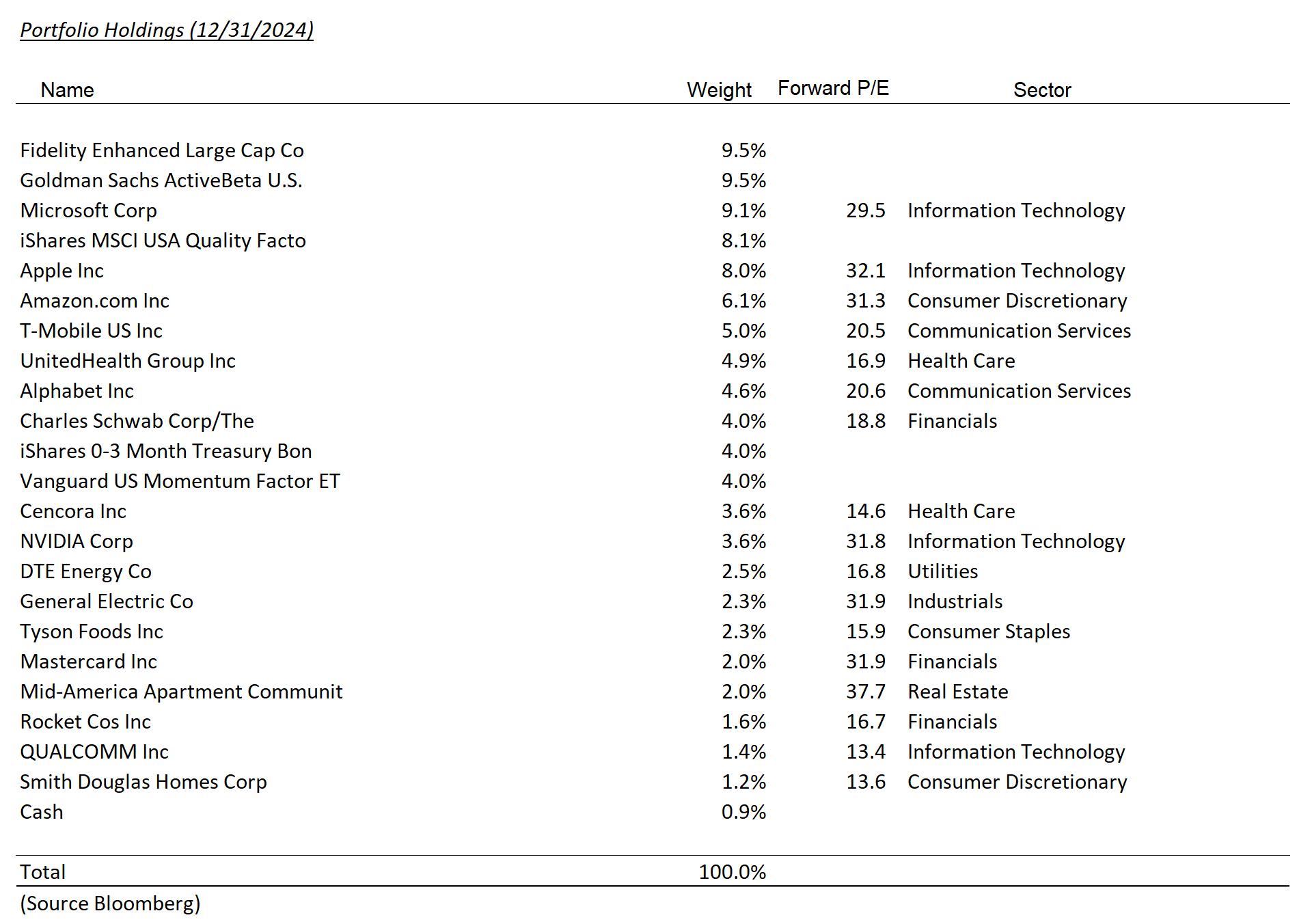
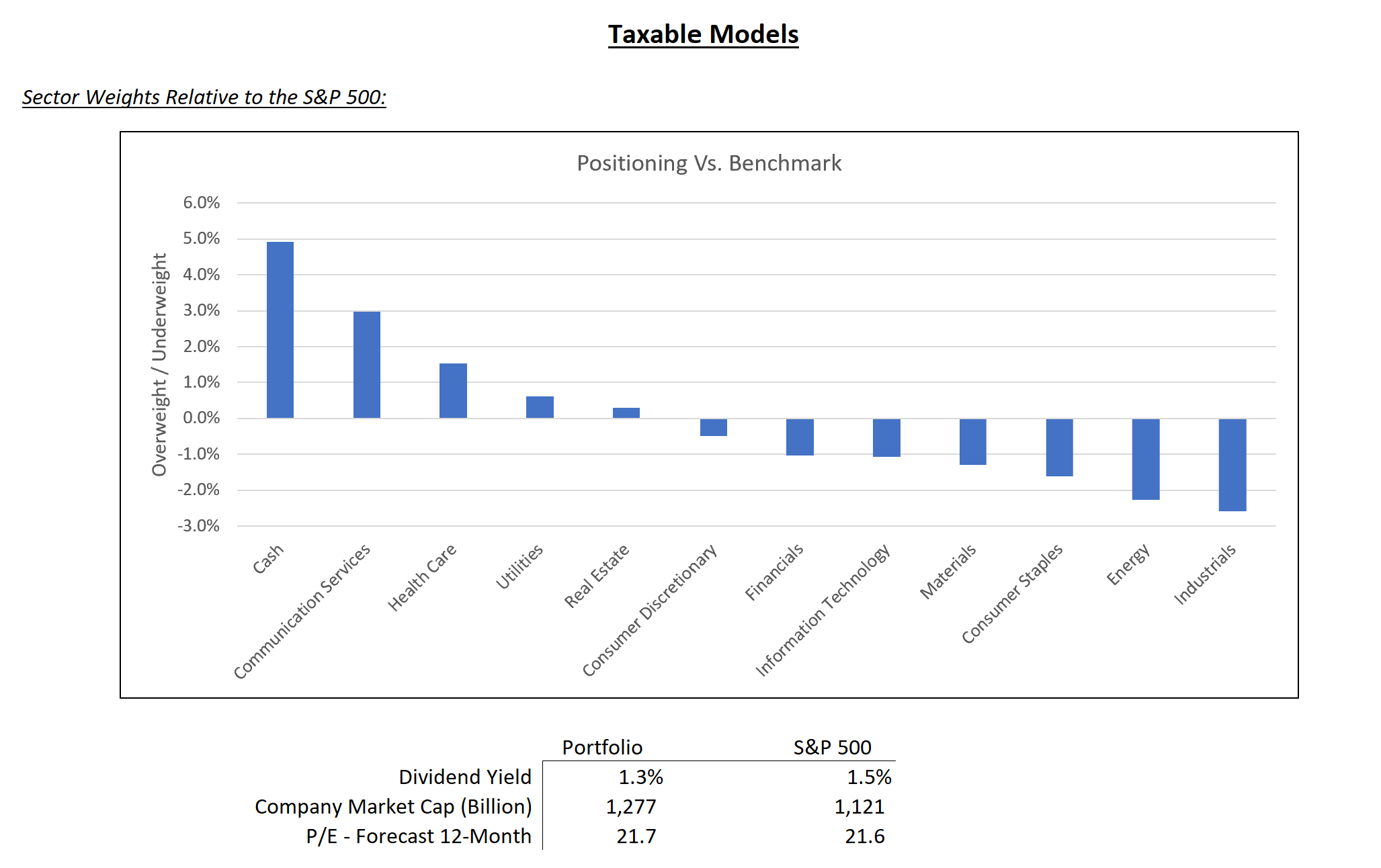
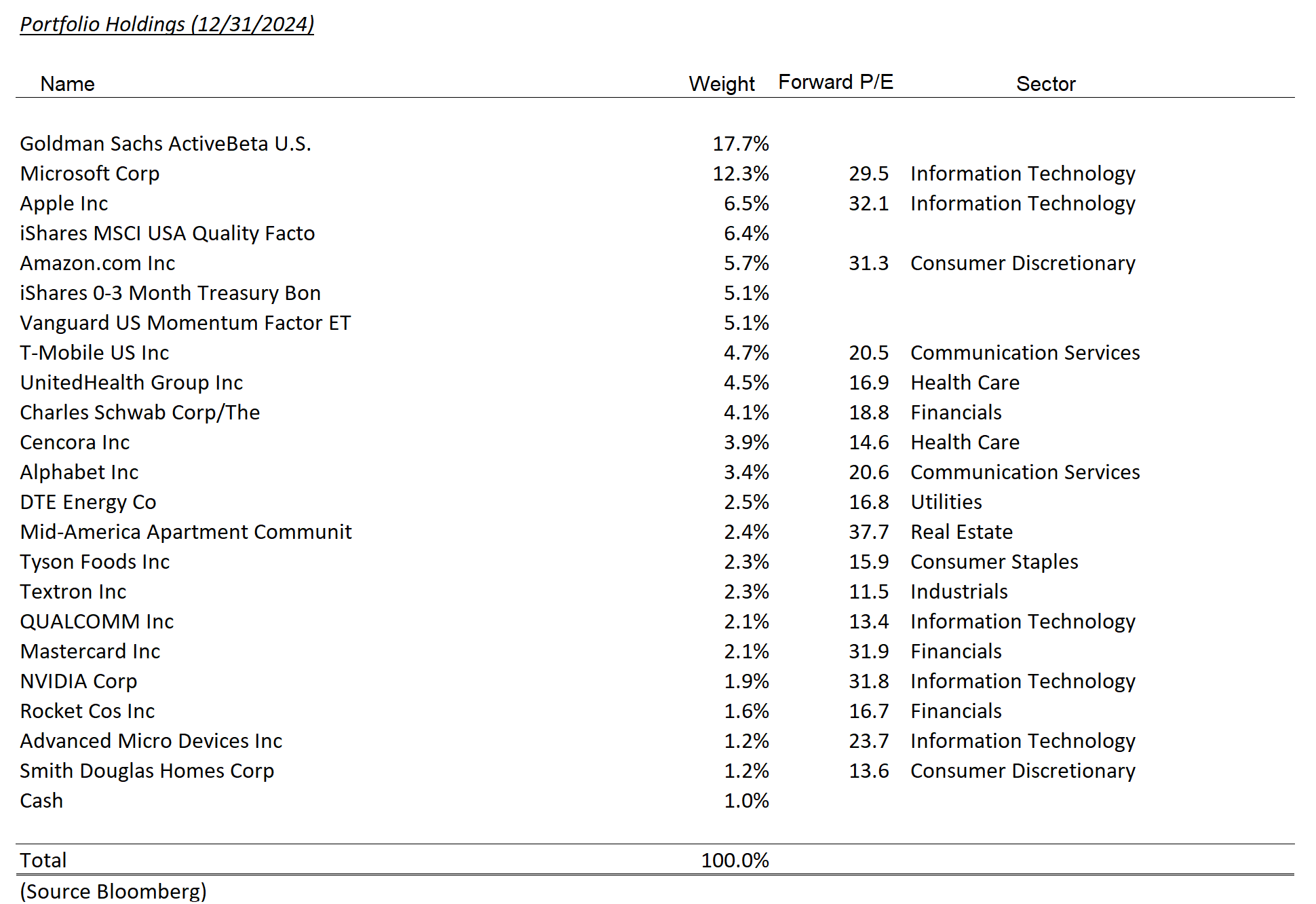
Tear Sheets
Disclosures
The views expressed represent the opinions of Lincoln Capital Corporation as of the date noted and are subject to change. These views are not intended as a forecast, a guarantee of future results, investment recommendation, or an offer to buy or sell any securities. The information provided is of a general nature and should not be construed as investment advice or to provide any investment, tax, financial or legal advice or service to any person. The information contained has been compiled from sources deemed reliable, yet accuracy is not guaranteed.
Additional information, including management fees and expenses, is provided on our Form ADV Part 2 available upon request or at the SEC’s Investment Adviser Public Disclosure website.
Past performance is not a guarantee of future results. Please note that due to rounding differences, certain data presented may not sum to 100%.
The investments presented are examples of the securities held, bought and/or sold in Lincoln Capital Corporation strategies during the last 12 months. These investments may not be representative of the current or future investments of those strategies. You should not assume that investments in the securities identified in this presentation were or will be profitable. We will furnish, upon your request, a list of all securities purchased, sold or held in the strategies during the 12 months preceding the date of this presentation. It should not be assumed that recommendations made in the future will be profitable or will equal the performance of securities identified in this presentation. Lincoln Capital Corporation or one or more of its officers or employees, may have a position in the securities presented, and may purchase or sell such securities from time to time.
